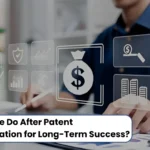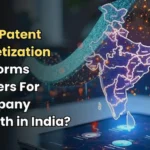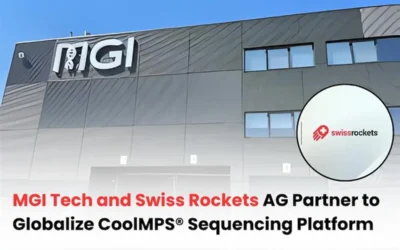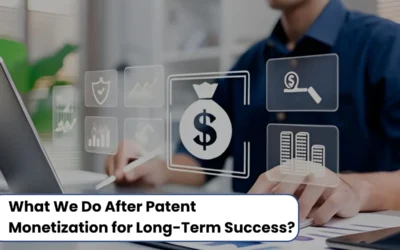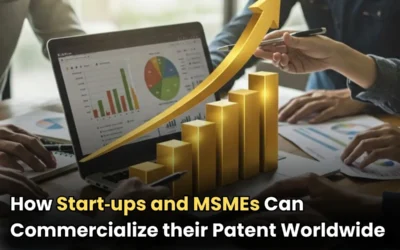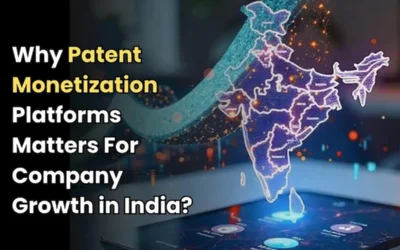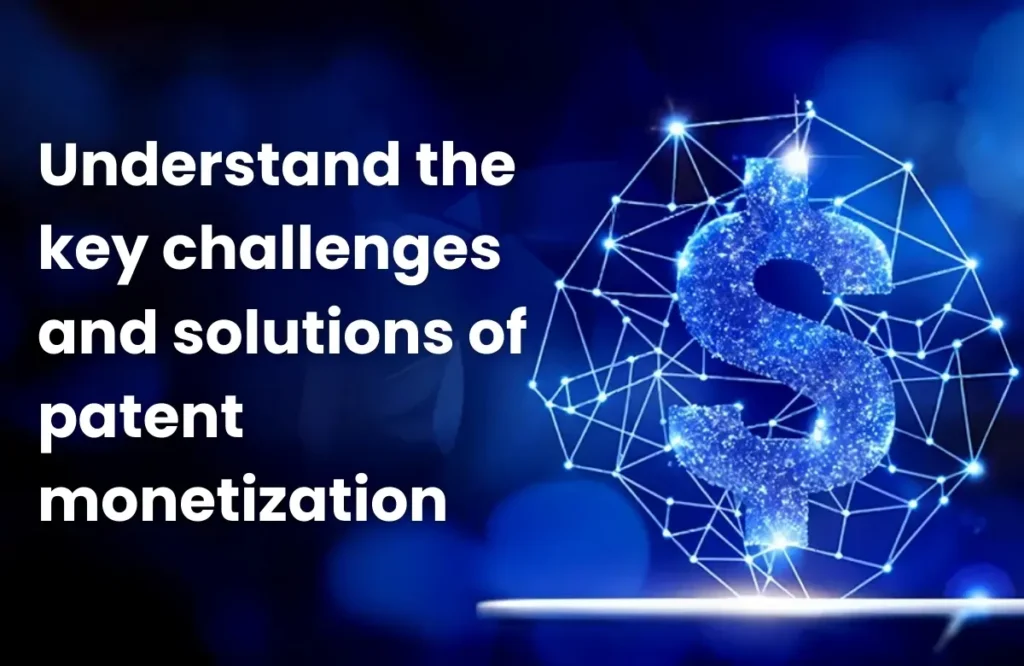
Patent monetization is never an easy process. It comes with many challenges, especially for beginners, and these difficulties can often lead to missed deals or patents ending up underutilized. Common patent monetization challenges include patent valuation, finding the right buyer, dealing with shrinking markets, and more. However, these problems are not without solutions. With the right strategies and approach, it is possible to achieve effective patent monetization and ensure that a patent is used to its full potential. But if you want to know more about the challenges and solutions to these challenges, keep reading.
What Are the Biggest Challenges in Patent Monetization?
All businesses and investors face some common yet complex challenges when trying to monetize a patent.
Patent Valuation
If the patent is highly valued, potential buyers will end the deal. If it is undervalued, the business risks losing out on significant profits. That’s why making an accurate valuation is essential.
Some of the key factors that influence patent valuation include:
- Market demand – How much interest exists for the technology?
- Relevant technology – Is the patent based on technology that is current and practical?
- Degree of protection – How broad, enforceable, and defensible are the rights granted?
- Remaining patent life – How many years of protection are left before expiry?
- Competitive landscape – Are there similar patents or alternative technologies that reduce its uniqueness?
Finding a Genuine Buyer
This is another common challenge faced by many patent holders. Not every buyer is truly interested or has a clear understanding of the patent’s value, and this can often lead to bad deals.
Some additional challenges in finding the right buyer include:
- Limited network
- Mismatch of interest
- Time-consuming process
- Due diligence issues
- Market saturation
Because of these reasons, patent holders often need to rely on brokers, licensing platforms, or specialized IP marketplaces to find genuine buyers who understand the technology and are ready to pay its true value.
Detecting Infringement
Patent holders must constantly monitor large markets, but hidden or indirect infringement is common. Investigations are often expensive, enforcement becomes complex at the global level, and delayed legal actions can make things even harder.
Market Saturation
When too many similar technologies already exist in the market, a patent can easily lose its uniqueness. Strong competition reduces bargaining power, lowers market value, and limits licensing opportunities, making it difficult for patent holders to secure deals.
Legal Risks
Legal challenges are another serious barrier. Patent laws are complex, and poorly drafted agreements can create problems later. Defending against disputes or the risk of invalidation is costly, especially in cross-border cases, where navigating multiple legal systems increases both risk and expense.
Impact of Patent Monetization Challenges
Revenue loss often happens when patents are valued incorrectly, either scaring away buyers or leading to undervalued deals. Many end up with underutilized patents because they cannot find the right buyers, leaving innovations shelved or sold cheaply. At the same time, unauthorized use becomes a risk when infringement goes undetected, allowing others to profit unfairly. In crowded industries, reduced market value makes it harder for patents to stand out, while the high costs and risks of legal disputes or complex procedures drain valuable time, money, and resources.
How to Overcome the Challenges of Patent Monetization
- Accurate Valuation Methods – Use expert appraisers, industry benchmarks, and market analysis to set a fair and realistic patent value.
- Networking & Marketplaces – Connect the genuine seller with a potential buyer..
- Strong Monitoring Systems – Invest in patent analytics tools and IP monitoring services to detect infringement early.
- Clear Differentiation – Highlight the unique benefits of the patent through technical proof, case studies, or commercial potential to stand out in saturated markets.
- Legal Preparedness – Work with experienced IP lawyers to draft solid agreements, manage disputes, and handle international legal risks.
Read Also: Understanding Patent Royalties: How Much Do Inventors Earn from Royalties?
Conclusion
Patent monetization offers great opportunities, but without the right approach, challenges like valuation issues, market saturation, and legal risks can limit returns. Overcoming these barriers is key to unlocking the full value of innovation.


